Your dog’s settled down for a nap. Suddenly, you see a leg stretch. Then another leg moves a little. You see their nose twitch. And then you hear a soft bark. Before you know it, their legs start running (a little awkwardly since they’re laying down, but you know that familiar stride). There’s another bark. Everything lasts no longer than a minute, and then they settle back down once again. You swear they were dreaming about chasing something, but what? What lurks in dog dreams? Are they actually dreaming after all, or are we coming to that assumption based on our experiences? With a little nudge from science, we’re going to get to the bottom of dog dreams.
REM Sleep
Everyone in the animal kingdom follows the same sleep pattern. While it seems like the night stretches through uninterrupted sleep (for the lucky), you – and your dog – bounce through phases. Each time you sleep, you go through wakefulness, light sleep, deep sleep (all considered non-rapid eye movement sleep), and rapid eye movement (REM) sleep.
REM sleep falls between deep and light sleep. It’s the phase when your brain processes your memories from the day. It’s also when you have your most vivid AND memorable dreams. (You CAN dream during the other phases, but you don’t usually remember them) This is also when your mind helps refocus your concentration. So, it’s an important component of sleep.
In 1977, scientists examined EEGs on six Pointers for 24 hours. They found the dogs spent 12% of their day in REM sleep. Plenty of time for dog dreams.
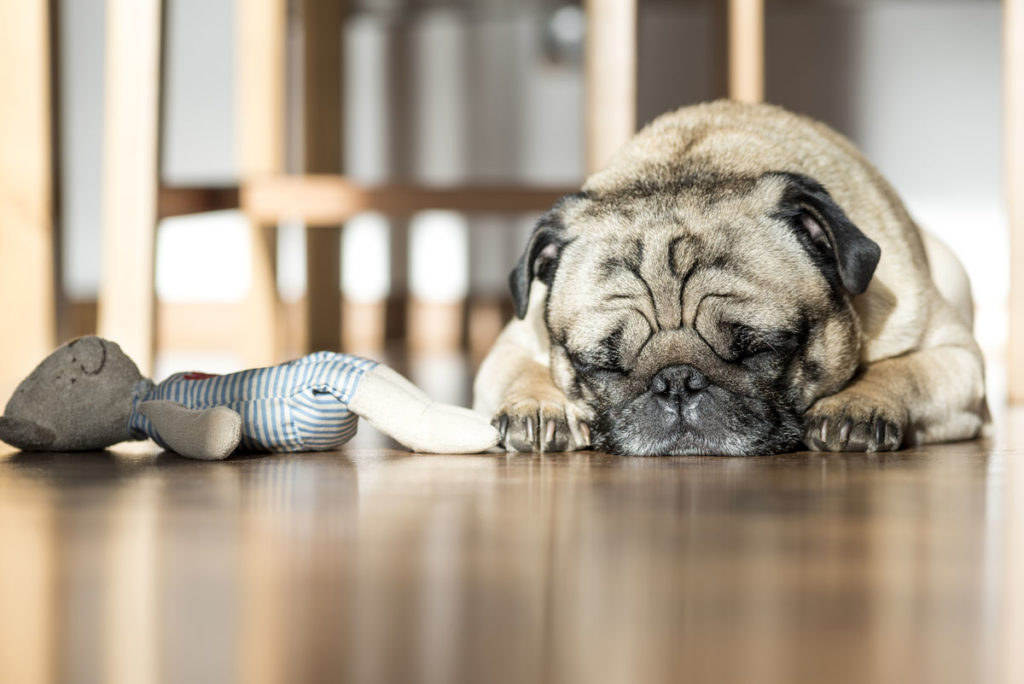
Dog Dreams
It’s easy to hook up an EEG to a dog and document the phases of sleep. So we know they enter REM sleep as they nap and doze throughout their day. But what about dog dreams? How does science figure out if and what dogs dream about? An EEG only documents the electrical activity of the brain. It can’t show you the images the brain’s seeing. And our canine companions can’t tell us what they’re seeing. Can science figure out if dogs dream? And what those dreams may be about?
As it turns out, it CAN. But we have to start from a different perspective first.
Dog Dreams: The Dream Experiment
In 2001, the MIT Center of Learning and Memory set out to figure out if animals dream. Their test subjects? The humble lab rat. It may sound strange, but the test yielded interesting results – and it was brilliantly simple. (You know, as far as brain science goes)
They taught rats to run through a maze, performing repetitive tasks. While the rats did so, the researchers recorded neuron activity. Then they recorded the activity of the same neurons while the rats slept. (Remember, all animals enter REM sleep) When they compared the two data sets, they found that in 44% of the REM episodes, the brain patterns lined up with the rats’ maze patterns. In other words, the rats were REPEATING their maze activity while they slept! They were dreaming about the maze.
Most people often report their dreams mirror what they did during the day, watched during the day, or thought about during the day. The researchers found the rats backing that theory up. And dog dreams? It’s likely they’re following the same pattern.
“No one knew for certain that animals dreamed the way we do, which can involve replaying events or at least components that occurred while we were awake. We looked at the firing patterns of a collection of individual cells to determine the content of rats’ dreams. We know that they are, in fact, dreaming, and their dreams are connected to actual experiences.”
~Matt Wilson, MIT’s Center for Learning and Memory
Dog Dreams: The Pons
With proof that animals DO dream, researchers wanted to dig deeper. What do dogs dream about? And how can you figure that out when they can’t speak to us or draw pictures? Sounds impossible, right? As it turns out, it’s not as difficult as you might think. (Well, not if you’re a brain surgeon, anyway)
The pons is a structure in the brain stem. It helps in the regulation of sleep phases, but it also plays another important part in sleep. It stops the largest muscles in your body from activating. This is why you – and your dog – may twitch, but you don’t get up and start acting out your dreams. (Of course, there ARE disorders where the pons doesn’t function properly) Puppies and senior dogs show more movement in their sleep. The pons is underdeveloped in the youngsters, and it starts to lose its efficiency in our older dogs. So you see MORE movement in those canines.
Researchers temporarily (and safely) disabled the pons in several breeds of dogs to see what would happen in REM sleep. (Don’t worry – the dogs were monitored at all times. Remember, this was a scientific study) This way, the dogs COULD act out their dog dreams. Guess what happened.
- Pointers? Pointed at invisible prey
- Doberman Pinschers? Showed normal guarding behaviors
- Labrador Retrievers? Chased imaginary tennis balls
The dog dreams replicated the breed’s normal daily behaviors. Which means the MIT rat dream experiment held true. At least for our canines, dreams replay what happens in the course of a normal day.
Dog Dreams: Breed Differences
Of course, not every dog dreams the same. As puppies need to sleep more while they’re growing, they dream more than adult dogs. And their dreams may be more vivid. Those tiny puppy brains have TONS of new experiences to process every time they snooze. In contrast, your adult dog may not see much that’s novel in the course of their day. (This means chasing a familiar tennis ball in their dreams)
And size? It matters when it comes to dog dreams. The smaller your breed, the more frequently they dream. On average, a Toy Poodle will slip into REM sleep once every 10 minutes. But a Labrador Retriever? They only go into REM sleep once every 90 minutes. That’s a big difference.
If you want to catch your dog dreaming, set a timer. REM sleep comes 20 minutes into a nap, and it’s QUICK. Dreams feel like they last forever, but the reality is they’re only 2-3 minutes in duration. (If you use an activity tracker that monitors your sleep, you’ll see that first-hand) Watch for any signs of twitching or sounds. And then compare them to your dog’s usual activities. Are those dog dreams mimicking games of fetch? Maybe going for a run through the park? Or are they chasing the squirrel in the backyard?
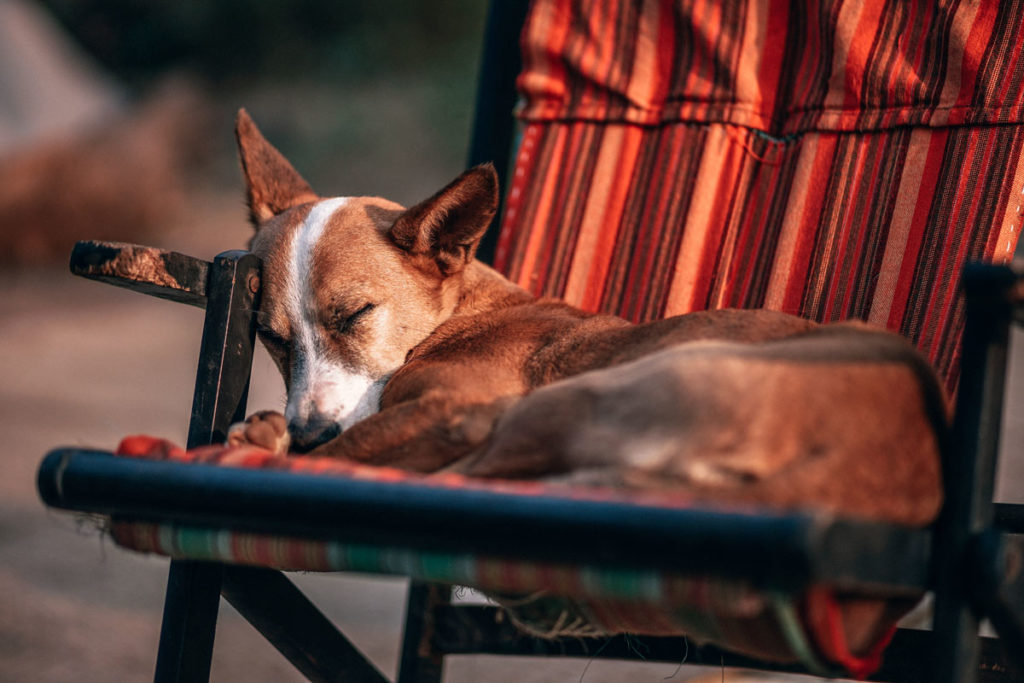
Nightmares
Not every REM phase is pleasant. If you had a rough day, spent the evening watching a scary movie, or find yourself struggling with negative thoughts, you might find yourself facing nightmares during your sleep. And dog dreams aren’t exempt from this negative turn. Of course, there’s not PROOF that our canines suffer from nightmares, but everyone’s seen evidence with their eyes.
Joseph Baker sent a letter to Psychologist Dr. Stanley Coren about his Basenji, Goober. Goober, like some dogs, hated bath time. Following a bath, he ran and hid between Joseph’s legs – a behavior he ONLY performed after a bath. Joseph saw Goober having an uncomfortable dream, after which Goober woke and immediately bolted for his legs. The only explanation? Goober must have had a nightmare about a bath.
When dog dreams show signs of distress, it’s a real possibility they’re nightmares. We’ve heard our Greyhound cry out a time or two (waking us from OUR sleep in a panic). And it’s tempting to rush over and wake your dog to rescue them from their upset. But startling a dog awake can have dangerous consequences. We DON’T know what’s happening in that doggie dream. Suddenly shaking them awake can lead to a nip.
If you suspect your dog is having a nightmare, the best thing you can do is stay close and wait for them to wake up. Remember, REM sleep is FAST. Within a minute or so, your dog will wake. Then you’ll be nearby to offer the comfort your dog needs. It’s better than risking the emotional damage your dog will feel when they nip you out of (unknowing) fear.
Chasing Bunnies
Do we know for certain what happens in dog dreams? Not yet. But the science points to the same things WE see in our dreams. They’re acting out the actions of their days, processing information stored in the brain. So, if your dog was out chasing rabbits, they probably ARE running down bunnies in their dream. (Though tennis balls might be more of the norm for most dogs)
Who knows? Maybe you’re in those dog dreams somewhere, joining in on the adventure.

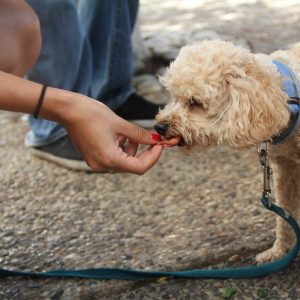


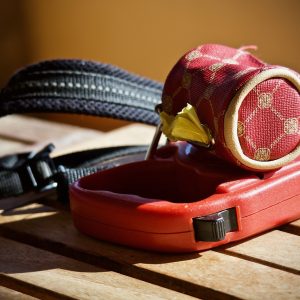
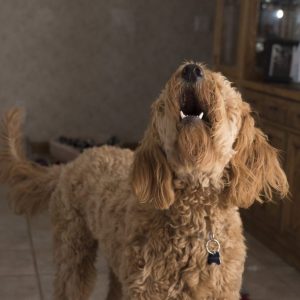
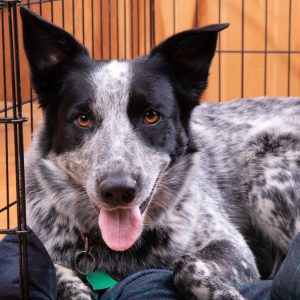

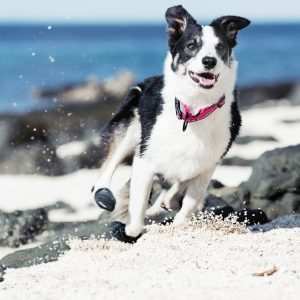


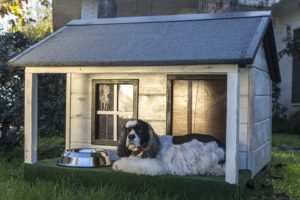

No comment yet, add your voice below!